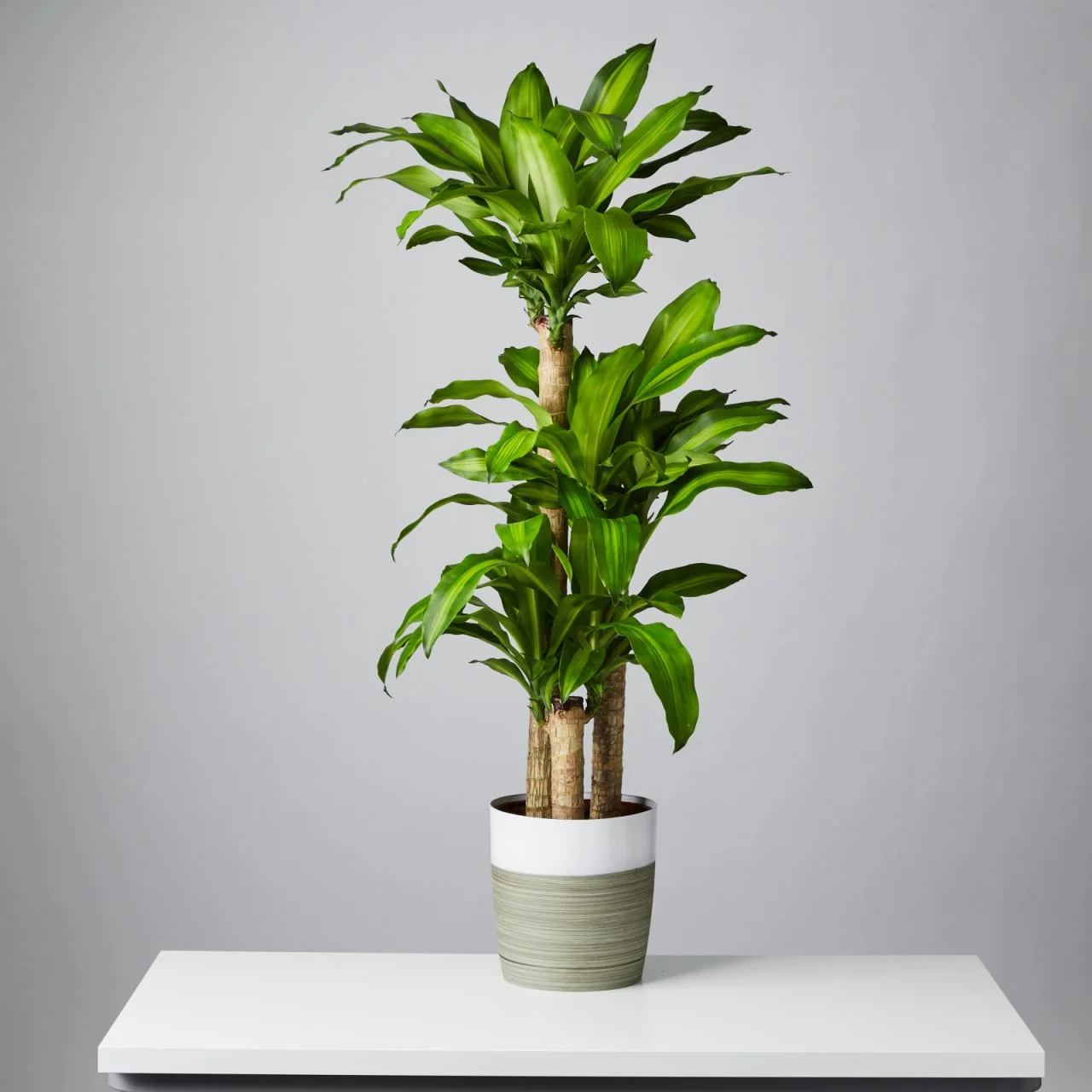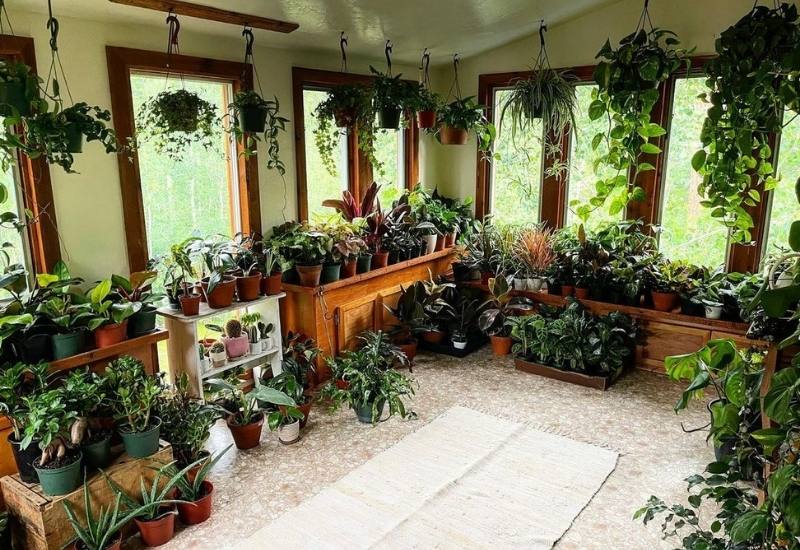The Best Low-Light Indoor Plants You Can Grow Without Natural Light
The Best Low-Light Indoor Plants You Can Grow Without Natural Light
Blog Article
Transform Your Home With Beautiful Low-Light Indoor Plants and Their Advantages
Including low-light interior plants right into your home can significantly enhance both the visual and environmental quality of your home. These plants, which prosper in dim conditions, serve not only as decorative elements yet likewise as all-natural air cleansers, making them perfect for metropolitan occupants or those with minimal sunshine exposure. As we check out the various types of low-light plants and their advantages, you may find shocking ways to integrate them into your home that can change your environments in ways you could not have actually prepared for.
Benefits of Low-Light Plants
Low-light plants offer countless benefits for indoor environments, making them an outstanding choice for both beginner and skilled gardeners. Among the key advantages is their flexibility to low-light problems, allowing individuals to improve their home without the need for comprehensive sunlight direct exposure. This characteristic makes them optimal for apartment or condos, workplaces, and various other locations with restricted all-natural light.

In addition, integrating low-light plants into home décor can raise the aesthetic appeal of a room. Their lush foliage and varied structures produce a soothing environment, adding to total health. Lastly, the presence of greenery has been connected to lowered anxiety degrees and enhanced efficiency, making low-light plants a practical selection for improving both mental and physical health in interior setups.
Top Low-Light Indoor Plants
While many interior plants flourish in intense light, numerous types are particularly fit for low-light problems, making them perfect for different indoor areas. One popular selection is the Serpent Plant (Sansevieria), recognized for its striking upright leaves and durability, requiring very little treatment. Another exceptional choice is the Pothos (Epipremnum aureum), which includes heart-shaped leaves and can track beautifully from hangers or shelves, thriving in reduced light and including a lush touch.
The ZZ Plant (Zamioculcas zamiifolia) is celebrated for its shiny fallen leaves and ability to hold up against overlook, making it best for active way of lives. In a similar way, the Tranquility Lily (Spathiphyllum) not only endures low light however additionally creates stunning white flowers, improving any kind of space's visual.
For an unique touch, consider the Cast Iron Plant (Aspidistra elatior), which certainly measures up to its name, growing in the darkest edges of your home. The Chinese Evergreen (Aglaonema) provides a range of leaf patterns and colors while being exceptionally forgiving in low-light problems. These plants not just improve interior settings yet additionally add to air filtration, enhancing your living space.
Treatment Tips for Low-Light Plants

Watering methods are critical; these plants typically like slightly completely dry problems. Overwatering can cause root rot, so make certain that the top inch of soil is dry prior to sprinkling once more. Use pots with water drainage openings to allow excess wetness to escape.
Humidity is an additional essential variable. Numerous low-light plants, such as brushes and tranquility lilies, benefit from greater moisture levels. To raise humidity, take into consideration misting the leaves or putting a tray of water near the plants.
Fertilizing should be approached with care. During the growing period, use a weakened, well balanced liquid plant food on a monthly basis to support development, but avoid fertilizing throughout the inactive cold weather.

Imaginative Ways to Display Plants
Indoor plants can act as captivating prime focus in any type of room, improving both visual appeal and atmosphere. Creative displays can boost the visual effect of low-light plants, making them an essential component of your home decoration. One reliable technique is to make use of tiered plant stands, which allow you to display several plants at differing heights while maximizing floor room.
Hanging planters are one more cutting-edge alternative, producing a feeling of deepness and drawing the eye upwards. Think about macramé wall mounts or wall-mounted shelves to present an unique structure and design.
For a more organized approach, use geometric terrariums or glass containers to house your plants, including a modern touch to your interior yard. You can additionally repurpose vintage items, such as teacups or wood crates, for a diverse screen that mirrors your personality.
Enhancing Home Ambiance With Plants
Integrating low-light plants right into your home not only improves visual allure yet also adds substantially to the total ambiance. These plants serve as natural design aspects, presenting a sense of peace that can transform any Click Here type of space. this post The existence of plant promotes a soothing atmosphere, which is specifically valuable in high-stress atmospheres such as office or living spaces.
Low-light plants, such as serpent plants, pothos, and ZZ plants, are not only cosmetically pleasing however likewise improve indoor air top quality by filtering pollutants. This dual feature improves the atmosphere further, producing a much healthier home (Best low-light indoor plants). The calculated placement of these plants can likewise affect the understanding of space; for circumstances, high plants can draw the eye up, making ceilings show up greater and areas more sizable
Furthermore, differing textures and colors of foliage include deepness to interior decoration, enabling innovative expression in home designing. Whether positioned on racks, in edges, or as centerpieces, low-light plants can raise the state of mind of any kind of space. In summary, integrating these plants right into your home is a reliable way to promote a cozy, welcoming atmosphere while profiting of improved air high quality and visual flexibility.
Conclusion
Incorporating low-light interior plants right into home settings offers countless benefits, consisting of enhanced aesthetic appeal and improved air top quality. These resilient plants, such as the Snake Plant and Tranquility Lily, require very little light and maintenance, making them appropriate for diverse way of livings.
While several interior plants flourish in bright light, numerous varieties are especially well-suited for low-light problems, making them excellent for different indoor rooms. One efficient approach is to utilize tiered plant stands, which allow you to display several plants at varying elevations while taking full advantage of floor area.
Low-light plants, such as serpent plants, pothos, and ZZ plants, are not only aesthetically pleasing yet likewise improve interior air top quality by filtering toxins. Best low-light indoor plants. The tactical positioning of these plants can also affect the perception of room; for instance, high plants can draw the eye upwards, making ceilings appear greater and rooms extra roomy
These resistant plants, such as the Snake Plant and Peace Lily, call for minimal light and maintenance, making them ideal for diverse lifestyles.
Report this page